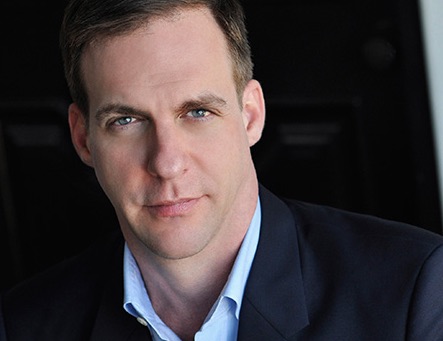The Five Spot: Patrick Moran

Patrick Moran came out on top of an ABC Studios shake-up in 2013. Under his supervision, the studio had a record 13 series picked up this season, including The Catch from Shondaland, The Family from Mandeville Television and Quantico from the Mark Gordon Co. A proven hit-maker and adroit problem-solver, Moran’s development slate has included ABC stalwarts How to Get Away With Murder, Black-ish, American Crime and Scandal. The studio has also produced series for competing nets, such as Criminal Minds and Code Black on CBS and Grandfathered on Fox.
Moran is the steward of some vital relationships, including that with Shonda Rhimes. Prior to landing at ABC, he was at 20th Century Fox Television, bringing Glee and Prison Break, among other hits, to life. He graduated from the University of Virginia in 1992 and spent a year at a New York art gallery before turning a script-reading side gig into a development job at New Line Television.
An edited version of Moran’s conversation with B&C deputy editor Michael Malone follows.
What are you seeing from pilot season?
One thing we’re all very mindful of is just how competitive it is. There are so many places producing content; you really feel that pressure in pilot season. Whether you’re looking for a cast, a director, a line producer, casting director, crew—these are all elements in very short supply.
I think we’re all going into pilot season with fingers crossed that we have the material that will continue to attract A-plus level talent and we’ll have a great result in May. But we are going in very cautious.
Is there too much good stuff on TV?
Broadcasting & Cable Newsletter
The smarter way to stay on top of broadcasting and cable industry. Sign up below
Too much television in general, probably. Too much great television, I don’t think so. As a viewer who goes home and watches television at the end of the day, you’re still able to make time for a great new show. Over the holidays, I kept hearing about [Netflix’s] Making a Murderer, and I was able to carve out 10 hours. Something that grabs people’s attention—we all figure out a way to see it.
What trends are you seeing among pilots?
Diversity remains a big theme; we were out in front of that in a lot of ways. You do hear that networks have a big appetite for highly diverse casts, diverse voices in front of and behind camera. And given how viewing habits have evolved, serialized shows are still in high demand. Great breakout characters with a big, iconic, strong point of view—like Viola Davis’ character in How to Get Away With Murder, Taraji [P. Henson] in Empire—are going to be critical this year.
Does broadcast get a fair shake from the awards people?
It doesn’t seem that way [laughs]! I was sitting at the Golden Globes with the American Crime nominees, and I felt like we were the only broadcast kids in the room, [along with] the Empire team. So many awards went to non-broadcast TV players. I got the message loud and clear—I think it’s harder on the broadcast side.
Does this era of auteur-driven series affect how you produce shows?
A way of thinking we adopted a few years ago was that empowering show creators to a degree that their voice could come through was probably the best shot at success. Whether that’s Shonda Rhimes or [American Crime creator] John Ridley, these are very strong voices behind the camera. Much has been said about Netflix and the creative freedom the show creators are afforded there. We try to afford our creators a similar amount of freedom to express themselves. Your best shot at success is to identify a very strong voice and get behind that voice. I think it’s starting to yield good things for us. Hopefully it continues in that direction.
Michael Malone is content director at B+C and Multichannel News. He joined B+C in 2005 and has covered network programming, including entertainment, news and sports on broadcast, cable and streaming; and local broadcast television, including writing the "Local News Close-Up" market profiles. He also hosted the podcasts "Busted Pilot" and "Series Business." His journalism has also appeared in The New York Times, The L.A. Times, The Boston Globe and New York magazine.

